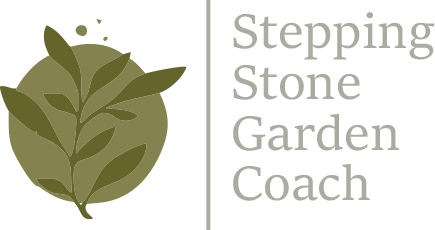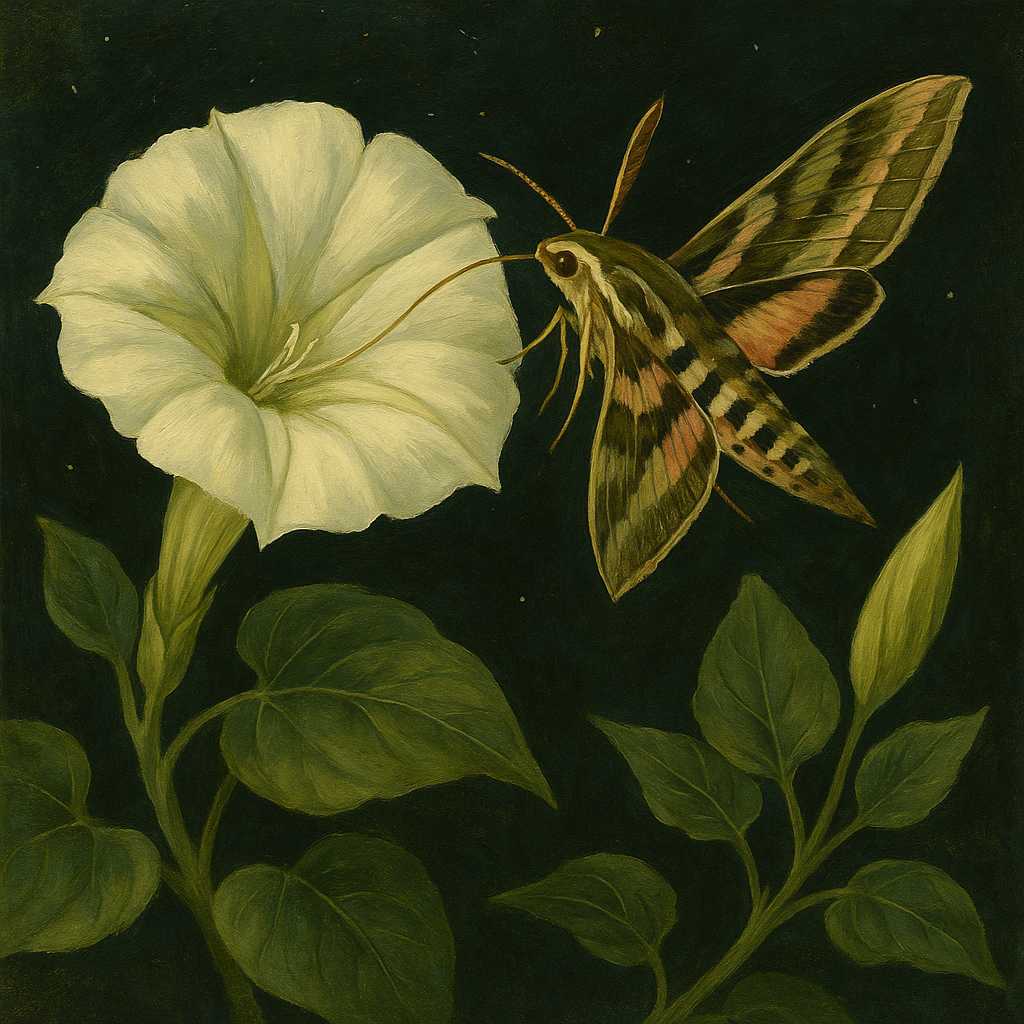When you think of pollinators, you probably picture honeybees and butterflies flitting about in the sunshine. But some of Florida’s hardest-working pollinators don’t even wake up until after dark. Meet the Sphinx moth—a fast-flying, hummingbird-like moth that keeps our gardens thriving long after the sun sets.
A Natural History of the Sphinx Moth
The Sphinx moth (family Sphingidae) is famous for its powerful, rapid wingbeats and long, straw-like proboscis, perfect for sipping nectar from deep-throated flowers. Some species hover in place while feeding, just like a hummingbird—earning them the nickname Hummingbird Moths.
Florida is home to several species, including the White-lined Sphinx Moth and the striking Pandorus Sphinx. Most are active at dusk and into the night, darting from flower to flower at incredible speeds.
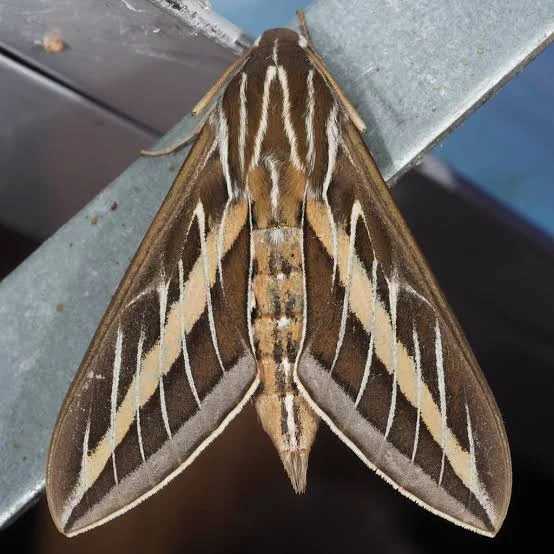
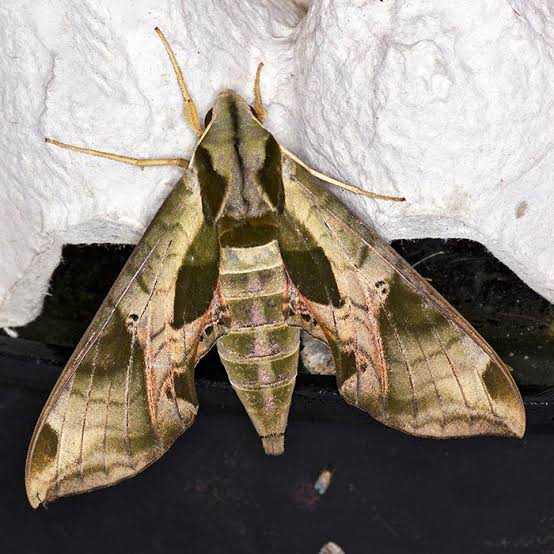
White-lined Sphinx Moth Pandorus Sphinx
Why Your Garden Needs Them
Sphinx moths are vital nighttime pollinators. Many flowers—especially those with long tubular blossoms or pale-colored petals—depend on them for pollination. Without Sphinx moths, many native and ornamental plants would struggle to set seed.
They also play an important role in the food web. Their caterpillars (often called hornworms) feed a wide variety of birds, reptiles, and other wildlife.
Their Favorite Florida-Native Host Plants
Want to welcome these night workers to your garden? Plant their favorite flowers and host plants:

Moonflower (Ipomoea alba) – Large, white blooms open at dusk, irresistible to Sphinx moths.
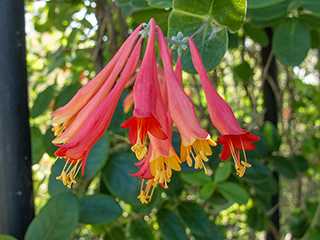
Coral Honeysuckle (Lonicera sempervirens) – A native, tubular red-orange flower perfect for their long tongues.
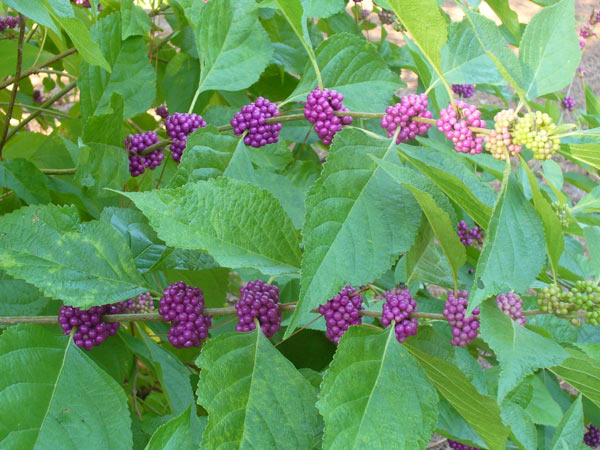
American Beautyberry (Callicarpa americana) – While adult moths love its flowers, its leaves can host caterpillars.
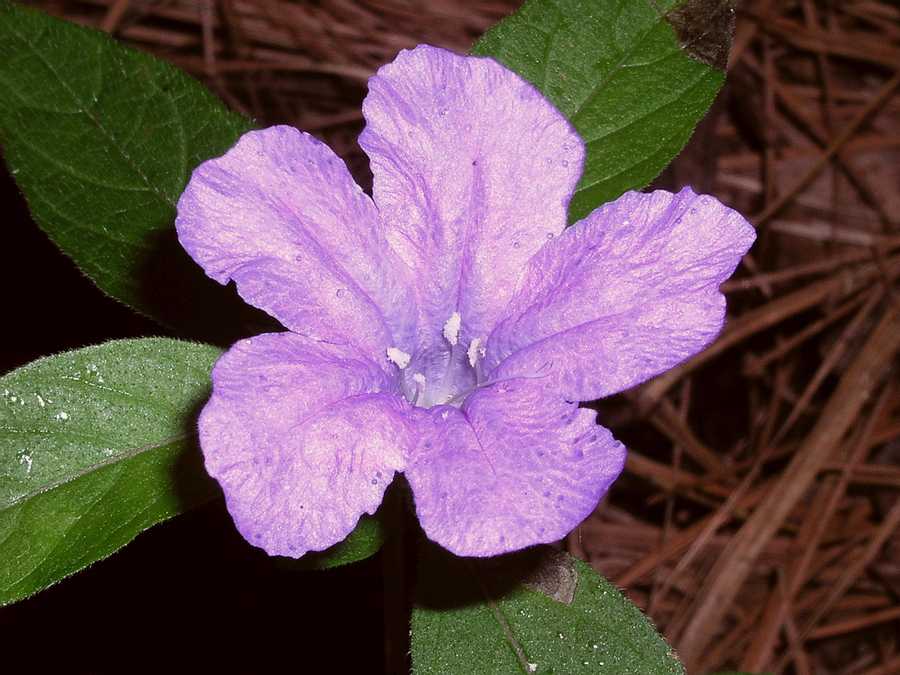
Wild Petunias (Ruellia spp.) – Nectar-rich and great for attracting multiple pollinator species.
Plant This for Moths: A Mini Night Pollinator Guide
Want to create a nighttime pollinator haven? Start with:
Fragrant, pale flowers that bloom at dusk (Moonflower, Night-blooming Jasmine).
Native vines and shrubs that provide both nectar and caterpillar host plants.
Avoiding pesticides—even organic ones can harm moths.
Switching to soft, warm-toned outdoor lights or turning them off to help moths navigate.
Did You Know?
Sphinx moths can fly up to 30 miles per hour—making them some of the fastest insects in the world!
The longest proboscis ever recorded (11 inches!) belongs to a Sphinx moth species. It’s specially adapted to reach deep into long-throated flowers.
Many Sphinx moth caterpillars are called “hornworms” because of the horn-like spike on their tail end.
Hummingbird Clearwing Moths, a type of Sphinx moth, often get mistaken for tiny hummingbirds—you might have already seen one without realizing it was a moth!
Celebrate National Moth Week in Your Garden
This National Moth Week, give a little love to the creatures working the night shift. By planting a few moth-friendly natives, you’re helping keep Florida’s pollination cycle alive—and you might just get to watch the magical sight of a Sphinx moth hovering over your Moonflowers under the stars.
